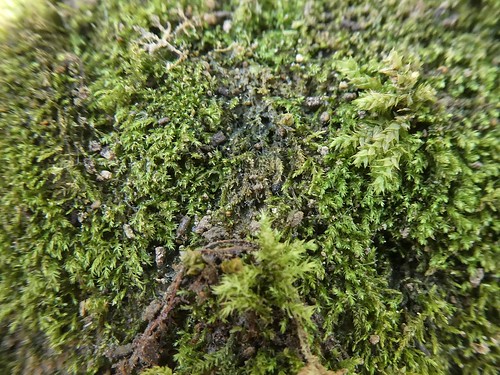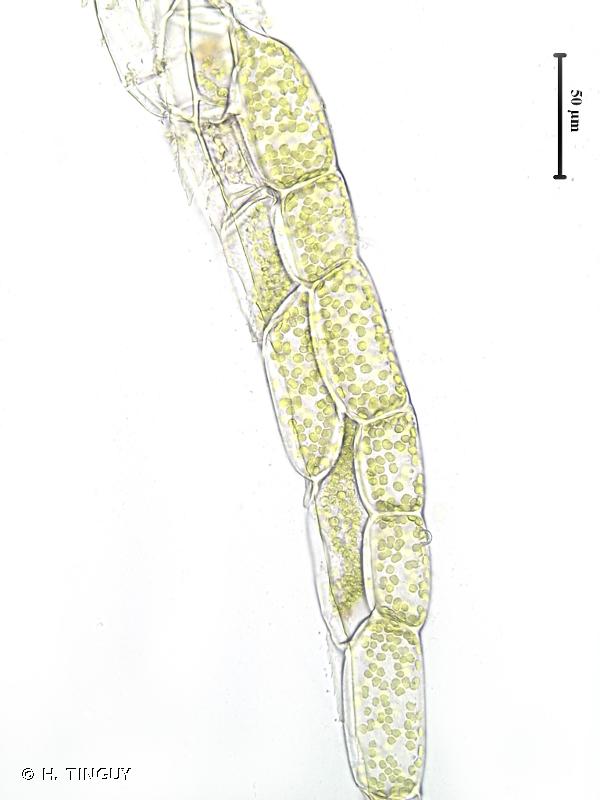
image from: https://www.pinterest.com/pin/43910165105168308/
Introduction
In the vast and captivating world of bryophytes, the Acidodontium ramicola (Spruce ex Mitt.) A.Jaeger moss stands out as a remarkable member of the Bryaceae family. This unassuming yet fascinating moss, commonly referred to as Acidodontium, has captured the interest of enthusiasts and researchers alike with its unique characteristics and ecological significance.
Background
Before delving into the intricacies of Acidodontium ramicola, it’s essential to understand the broader context of bryophytes. These non-vascular plants, which include mosses, liverworts, and hornworts, are often overlooked but play crucial roles in various ecosystems. They are among the oldest land plants on Earth, with a rich evolutionary history dating back millions of years.
Main Content
Morphology and Identification
Acidodontium ramicola is a small, acrocarpous moss that forms dense, cushion-like tufts or mats. Its stems are typically unbranched, and the leaves are arranged in a spiral pattern. The leaves themselves are lanceolate to ovate-lanceolate in shape, with a distinctive costa (midrib) that extends to the leaf apex or slightly beyond.
One of the defining features of Acidodontium ramicola is its distinctive leaf cells. These cells are elongated, smooth, and thick-walled, contributing to the moss’s ability to withstand desiccation and other environmental stresses.

image from: https://www.researchgate.net/figure/Symphyodon-erraticus-Mitt-Jaeg-A-dry-plant-667-B-wet-plant-667-C-D_fig2_242597571
Global Distribution and Habitat
Acidodontium ramicola is widely distributed across various regions, including Europe, Asia, North America, and parts of South America. It thrives in a range of habitats, from boreal and temperate forests to alpine and arctic regions.
This moss is often found growing on decaying wood, stumps, logs, and the bark of living trees, particularly in coniferous forests. Its preference for acidic substrates, as implied by its name, makes it a common sight in areas with high acidity levels.
Ecological Roles and Adaptations
Despite its small size, Acidodontium ramicola

image from: https://bioone.org/journals/the-bryologist/volume-112/issue-4/0007-2745-112.4.749/Habitat-and-morphological-differentiation-between-span-classgenus-speciesPohlia-annotina-span/10.1639/0007-2745-112.4.749.full
plays vital ecological roles within its habitats. As a pioneer species, it contributes to the initial stages of succession, colonizing bare or disturbed areas and paving the way for other plant species to establish themselves.
Additionally, Acidodontium ramicola serves as a crucial component of the forest floor community, providing shelter and moisture retention for various microorganisms and invertebrates. Its dense mats help regulate soil moisture levels and prevent erosion, contributing to the overall stability of the ecosystem.
One of the remarkable adaptations of Acidodontium ramicola is its ability to withstand desiccation. During dry periods, the moss can enter a state of dormancy, curling its leaves inward to minimize water loss. When moisture becomes available again, it quickly revives, demonstrating its resilience and ability to thrive in challenging environments.
Case Studies/Examples

image from: https://www.flickr.com/photos/21657471@N04/49873322643/
In a study conducted in the boreal forests of Scandinavia, researchers found that Acidodontium ramicola played a crucial role in facilitating the establishment of other bryophyte species. Its dense mats provided a suitable microhabitat for the growth and development of various liverworts and mosses, contributing to the overall diversity of the bryophyte community.

image from: https://www.flickr.com/photos/silybum/49873322498
Another example comes from the Pacific Northwest region of North America, where Acidodontium ramicola is a common sight on decaying logs and stumps in old-growth forests. Its presence is often used as an indicator of ecosystem health and continuity, as it thrives in undisturbed, mature forest environments.
Technical Table

image from: https://pxhere.com/en/photo/877185

image from: https://inpn.mnhn.fr/espece/cd_nom/434135/tab/taxo

image from: https://baike.baidu.com/item/中华缩叶藓/0

image from: https://www.plantsnap.com/plant-encyclopedia/bryophytes/Mniaceae/mnium-denticulosum/

image from: https://inpn.mnhn.fr/espece/cd_nom/5969
| Characteristic | Description |
|---|---|
| Phylum | Bryophyta |
| Class | Bryopsida |
| Order | Bryales |
| Family | Bryaceae |
| Genus | Acidodontium |
| Species | Acidodontium ramicola (Spruce ex Mitt.) A.Jaeger |
| Common Name | Acidodontium moss |
| Growth Form | Acrocarpous, cushion-like tufts or mats |
| Leaf Shape | Lanceolate to ovate-lanceolate |
| Leaf Cells | Elongated, smooth, thick-walled |
| Habitat | Decaying wood, stumps, logs, bark of living trees |
| Distribution | Europe, Asia, North America, parts of South America |
Conclusion
The Acidodontium ramicola (Spruce ex Mitt.) A.Jaeger moss, a member of the Bryaceae family, may be small in stature, but its impact on the ecosystems it inhabits is profound. From its unique morphological features and adaptations to its ecological roles and global distribution, this unassuming moss deserves recognition and appreciation.
As we continue to explore and understand the intricate web of life on our planet, the study of bryophytes like Acidodontium ramicola reminds us of the interconnectedness of all living beings and the importance of preserving biodiversity. Perhaps the next time you encounter a moss-covered log or stump, you’ll pause and appreciate the resilience and significance of these often-overlooked organisms.